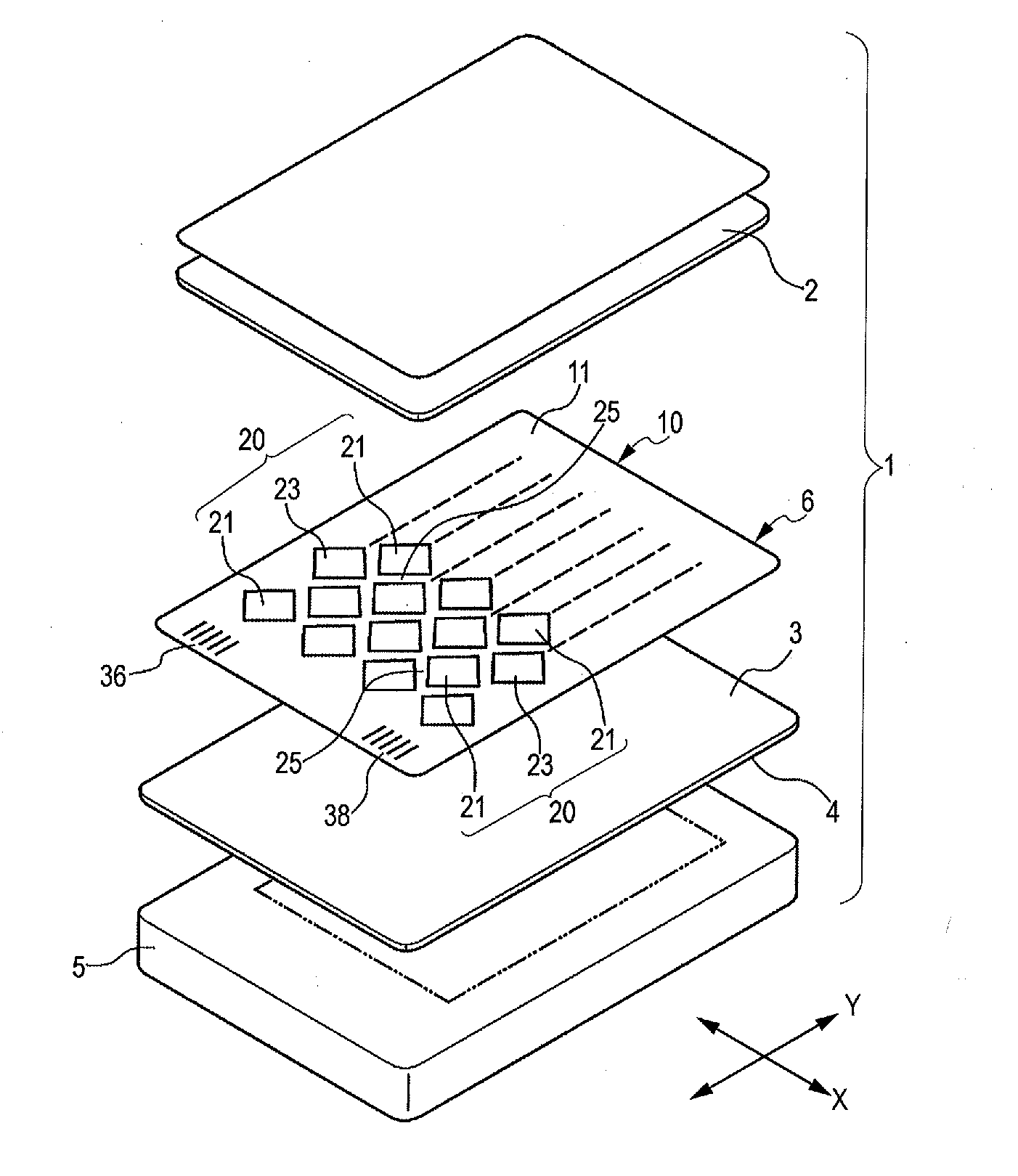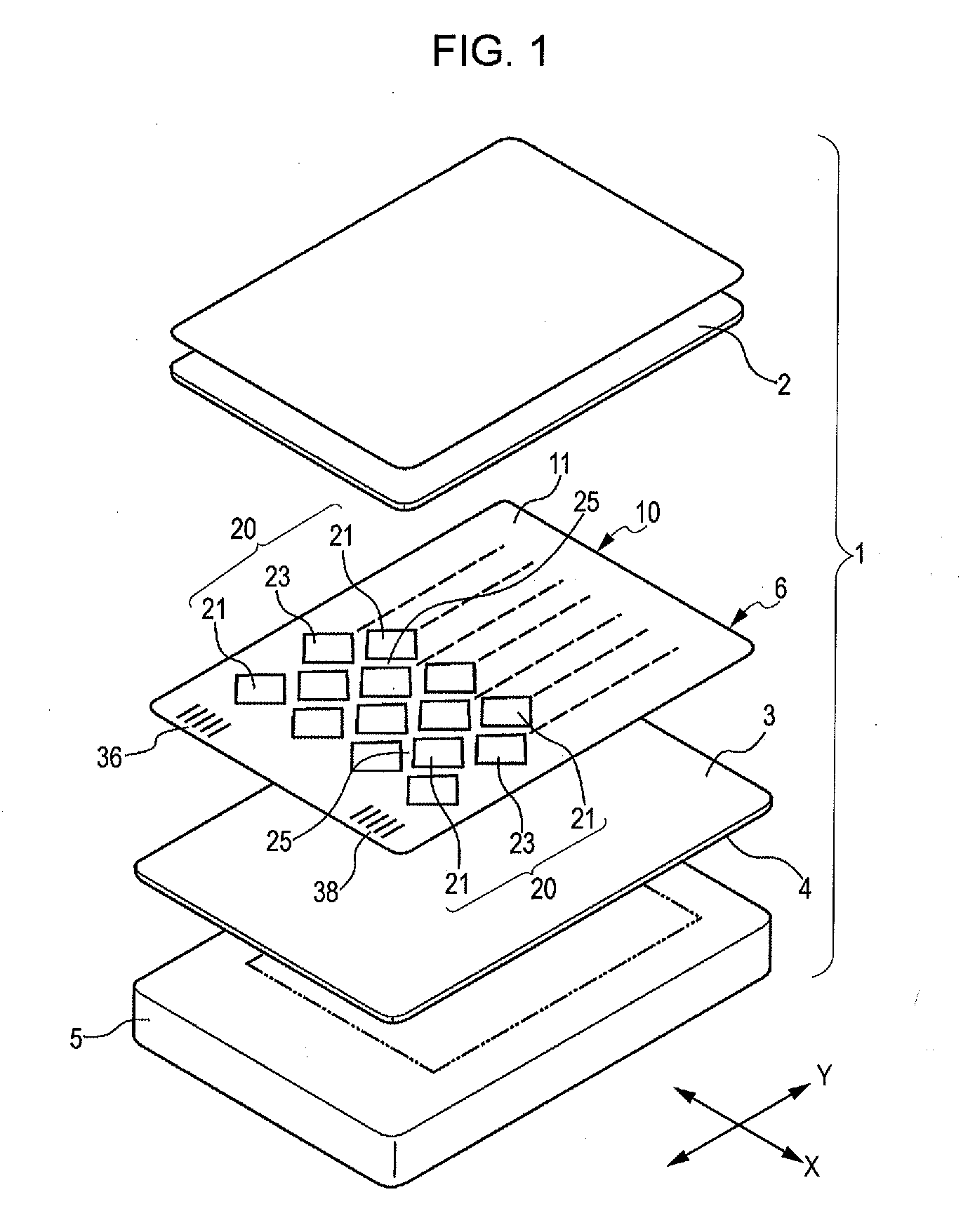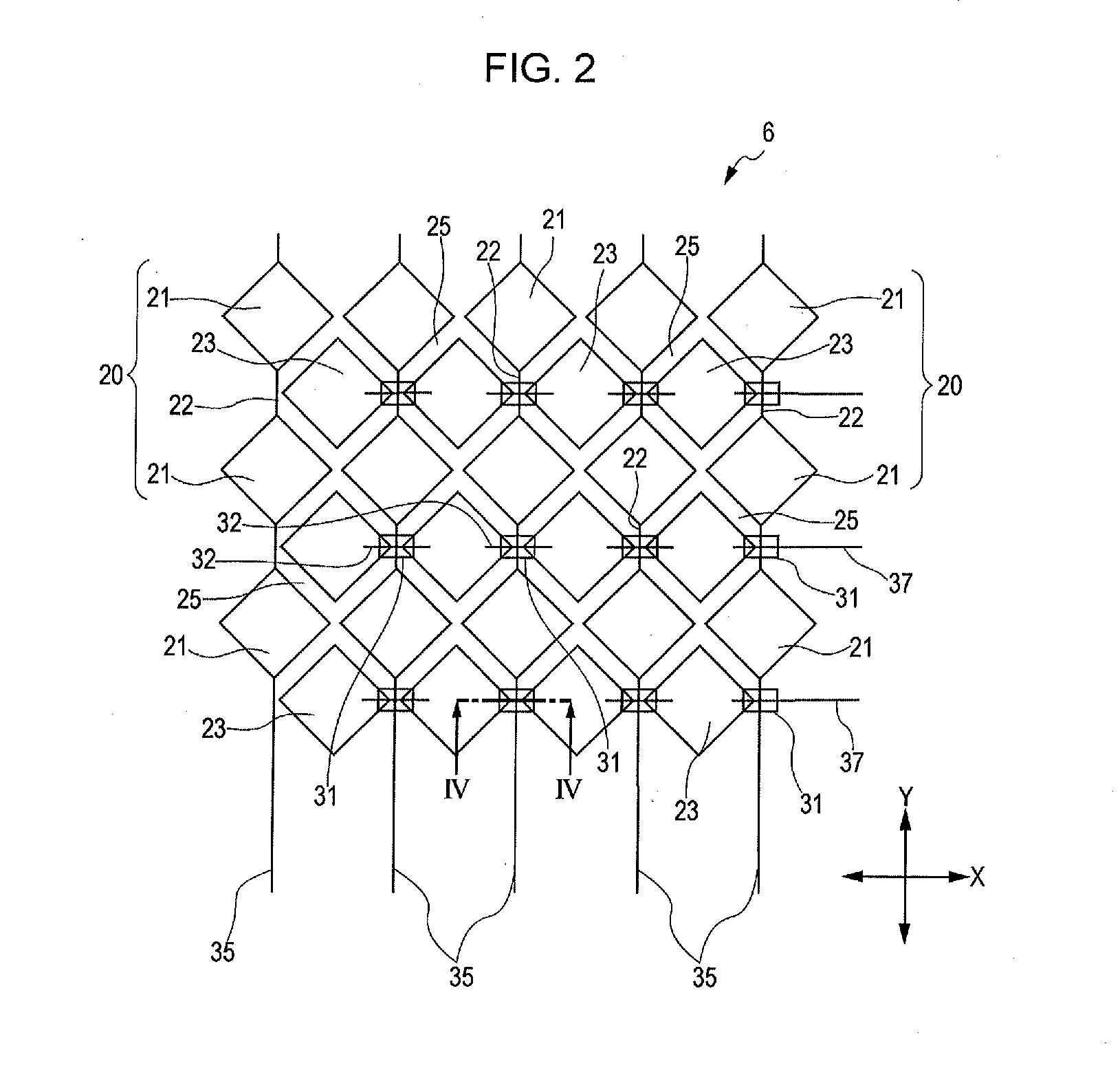Light transmitting electrically conductive member and method for patterning the same
a technology of electrically conductive components and light-emitting components, which is applied in the direction of electronic switching, pulse technique, instruments, etc., can solve the problems of remarkable difference in optical characteristics, degraded optical characteristics of the region which is required to be non-electrically conductive, and disadvantageous weak metal oxide types, etc., to achieve the effect of reducing haze in the non-electrically conductive region, increasing surface resistivity, and small amount of silver iodid
- Summary
- Abstract
- Description
- Claims
- Application Information
AI Technical Summary
Benefits of technology
Problems solved by technology
Method used
Image
Examples
example
[0054]By the use of a light transmitting electrically conductive member 10 in which an electrically conductive layer 12 formed of a silver nanowire network 13 and an acrylic-based overcoat layer 14 and having a thickness of approximately 100 nm was formed on a surface of a PET film, as shown in FIG. 6, an electrically conductive region and a non-electrically conductive region were patterned.
[0055]In an iodizing treatment of the silver nanowires, dipping was performed for 120 seconds in an iodine-potassium iodine solution containing 0.1 percent by mass of iodine and 0.5 percent by mass of potassium iodine. In a removal treatment of a metal compound, such as a silver iodide, remaining on the surface of the overcoat layer 14, dipping was performed for 30 seconds in a sodium thiosulfate solution at a concentration of 10 percent by mass.
PUM
| Property | Measurement | Unit |
|---|---|---|
| total light transmittance | aaaaa | aaaaa |
| thickness | aaaaa | aaaaa |
| thickness | aaaaa | aaaaa |
Abstract
Description
Claims
Application Information
 Login to View More
Login to View More - R&D
- Intellectual Property
- Life Sciences
- Materials
- Tech Scout
- Unparalleled Data Quality
- Higher Quality Content
- 60% Fewer Hallucinations
Browse by: Latest US Patents, China's latest patents, Technical Efficacy Thesaurus, Application Domain, Technology Topic, Popular Technical Reports.
© 2025 PatSnap. All rights reserved.Legal|Privacy policy|Modern Slavery Act Transparency Statement|Sitemap|About US| Contact US: help@patsnap.com



